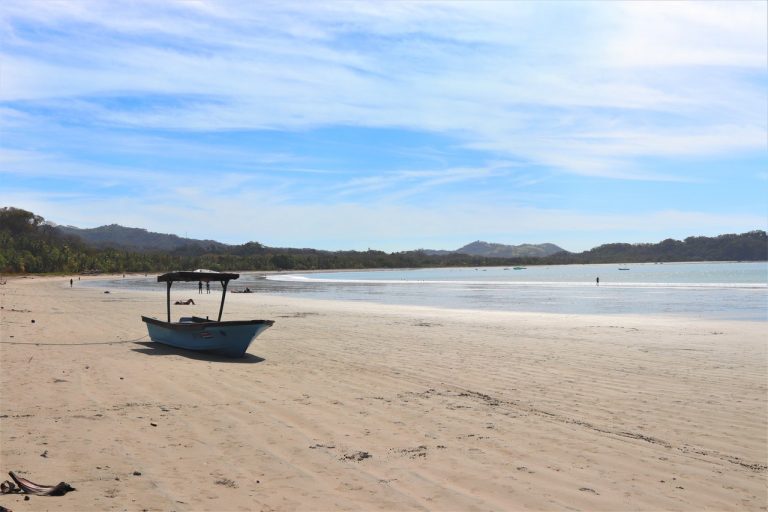
The Lost Pirate Republic: How Caribbean Buccaneers Briefly Ruled Nassau in the Early 1700s
22 April, 2025Imagine a place where pirates made the rules… No kings, no taxes, just freedom and treasure. For a short time in history, this was real, as in the early 1700s, a group of rogue sailors turned Nassau, a sleepy port in the Bahamas, into their own outlaw kingdom.
They called it the Pirate Republic, and for a few wild years, it was the most feared (and free!) place in the Caribbean. The same feeling of freedom can now be found online when you realize you can play your favorite Azurslot anytime, anywhere, with just a click of the finger!
How Nassau Became a Pirate Haven
Nassau wasn’t always a pirate stronghold. Originally settled by the British, the town was poorly defended. By 1706, French and Spanish forces had attacked and burned it, leaving it nearly abandoned. With no strong government, the perfect opportunity arose for pirates to move in.
The Golden Age of Piracy
The early 1700s were the peak of the Golden Age of Piracy. Many sailors, tired of harsh naval life or unfair wages, turned to piracy for a better life. Some were former privateers, who were legally hired by governments to attack enemy ships, but when wars ended, these men were left jobless. So, they kept plundering—just for themselves.
Nassau’s location was perfect, as it sat near busy trade routes, offering easy targets. The shallow waters made it hard for large navy ships to chase buccaneers.
Their Leaders
The most famous captains, Benjamin Hornigold and Edward Teach (Blackbeard), helped turn the piece of land into this infamous seafarers’ capital. Hornigold was a respected captain who mentored younger buccaneers, and Blackbeard, his protégé, became one of history’s most feared outlaws.
Other notorious figures joined them:
- Charles Vane – A ruthless captain who loved chaos.
- “Calico Jack” Rackham – Known for his colorful clothes and female crewmates, Anne Bonny and Mary Read.
- Henry Jennings – A former privateer who turned to piracy.
Together, they created a rough democracy. Captains voted on rules, shared loot fairly, and punished cheaters. It wasn’t perfect (fights broke out often), but it was real freedom.
Life in the Republic
Pirates weren’t just thieves; they built a functioning society, and with no official government, they made their own laws.
The Pirate Code
Most crews followed a strict code of conduct, including:
- Equal shares of treasure (captains got more, but not by much).
- No stealing from fellow shipmates—punishable by marooning or death.
- Compensation for injuries (lost a limb? You got extra gold).
Surprisingly, their sea life was often fairer than navy life. Sailors on navy ships faced brutal discipline, while privateers could vote out bad captains.
A Town of Taverns and Trouble
Nassau became a wild, rowdy place. Taverns stayed open all night. Gambling, drinking, and storytelling were common… But it wasn’t all fun. Without real laws, betrayals and violence happened often, as some crew members turned on each other, and others were hunted by the British Navy.
The Fall of the Republic
The Pirate Republic couldn’t last forever. The British Empire saw it as a threat to trade and decided to crush it.
The King’s Pardon
In 1717, King George I offered pirates a royal pardon. Any who surrendered would be forgiven. Many, including Hornigold, accepted and became pirate hunters. Others, like Blackbeard and Vane, refused and kept raiding.
The British sent Woodes Rogers, a former privateer, to take back the land, so in 1718, he arrived with warships and a clear message: surrender or die.While some fled, others were captured and hanged, while Blackbeard was killed in battle later that year, and by 1720, the Republic was gone for good.
Follow Sounds and Colours: Facebook / Twitter / Instagram / Mixcloud / Soundcloud / Bandcamp
Subscribe to the Sounds and Colours Newsletter for regular updates, news and competitions bringing the best of Latin American culture direct to your Inbox.

